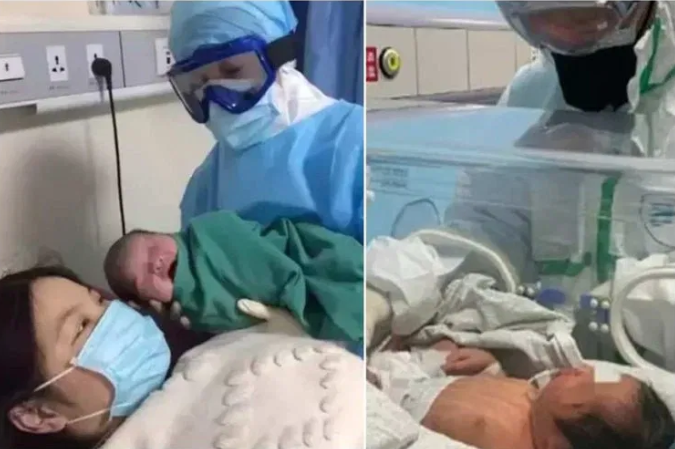Scientists are still learning about the coronavirus outbreak that has killed nearly 2,800 people and infected more than 81,000 in China. One of the biggest mysteries is why so few children have gotten sick.
The outbreak was first reported on December 31, but no children younger than 15 years old had been diagnosed as of January 22. A study in the New England Journal of Medicine said at the time that “children might be less likely to become infected or, if infected, may show milder
symptoms” than adults.
Since then, doctors have recorded a handful of cases among children: A study of coronavirus cases from December 8, 2019, to February 6, 2020 found that nine infants under one year old had been infected with the virus in China. None of the infants had severe complications or required
intensive care, so the researchers suggested that some infants might be contracting milder cases of the virus that don’t always manifest in physical symptoms.
A child in Germany whose father was diagnosed with the virus and a 10-year-old in Shenzhen were also infected. On February 2, an infant in Wuhan, China, tested positive for the virus 30 hours after being born; the baby’s mother is a coronavirus patient.
But for the most part, kids do not seem very vulnerable to the virus.
“From everything that we’ve seen, and for reasons that are unclear to us, it does seem that this is primarily impacting adults,” Richard Martinello, an associate professor of infectious disease at the Yale School of Medicine, told Business Insider in early February.
A low case count among kids is a good thing, according to health experts, because children are less likely to wash their hands, cover their mouths, and refrain from touching others — behaviors that can spread germs.
“If we can protect kids — one, it’s good for them, but two, it’s good for the population,” Aaron Milstone, an epidemiologist and professor of pediatrics at Johns Hopkins University, told Business Insider. “If it does penetrate the pediatric population, that might amplify the outbreak.”
Few children got SARS
Symptoms of the novel coronavirus are similar to those associated with pneumonia or the flu: fever, coughing, and, difficulty breathing.
The coronavirus bears many similarities to SARS, which killed 774 people and infected more than 8,000 between November 2002 and July 2003. There were also very few cases of SARS among children: only 80 laboratory-confirmed cases and 55 probable or suspected cases.
Most of those children developed a fever, and some had coughs or vomited as well.
In a 2007 report, experts from the Centers for Disease Control and Prevention determined that children 12 or younger displayed milder symptoms of SARS than adults did. No children or adolescents died from the virus, and there was only one instance in which a child transmitted SARS to
another person.
Scientists still aren’t sure why that was the case.



